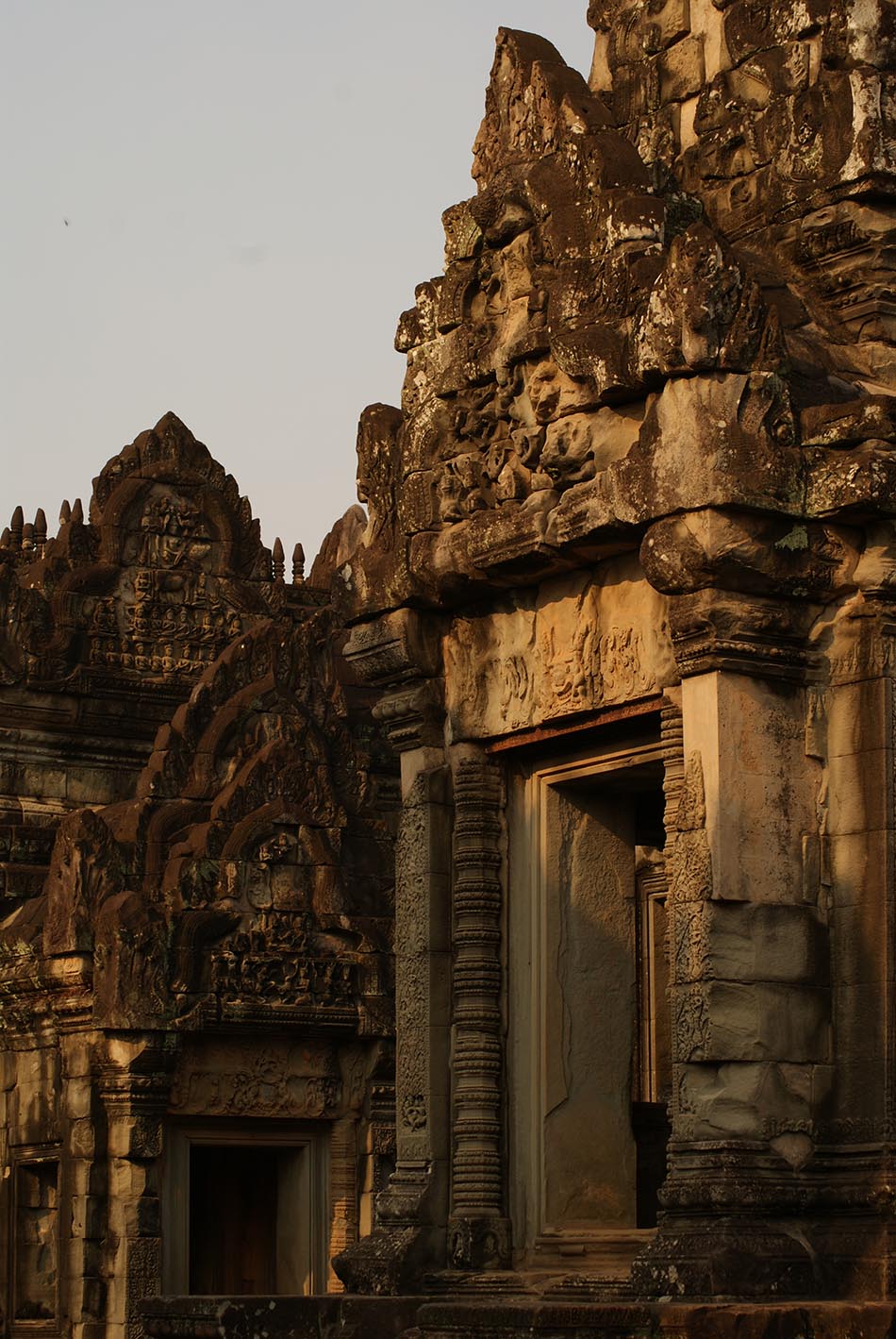
Professor Shenghai Li
The Aesthetics of Disgust in Sanskrit Buddhist Literature
Buddhist writers made significant or even the earliest known contributions to several areas of Sanskrit literature, including court epics, mixed prose and verse, drama, and anthologies. Did Buddhist scholars make any interventions in the Sanskrit theory of aesthetics? This talk will turn to the aesthetics of disgust as a point of departure. It will be shown that elements of disgust were often incorporated into narratives of renunciation and self-sacrifice, contributing to the aesthetic experience of peace and compassionate heroism recognized by the Sanskrit theoretic tradition. We will rely on the work of Abhinavagupta to analyze the aesthetics of Buddhist literature. Although self-conscious and sustained comments by Indian Buddhists were rare, Vidyakara’s Subhashitaratnoksha, an anthology of Sanskrit poetry, and Tibetan polymath Sakya Pandita’s The Entrance Gate for the Wise offer glimpses of engagements. These texts show how the Buddhist intelligentsia in late Indian Buddhism might have reflected on aesthetics and may reveal something about an emerging Buddhist approach.
Given in Mandarin Chinese.




